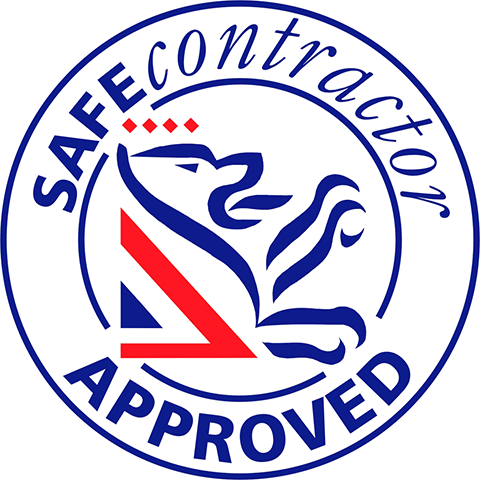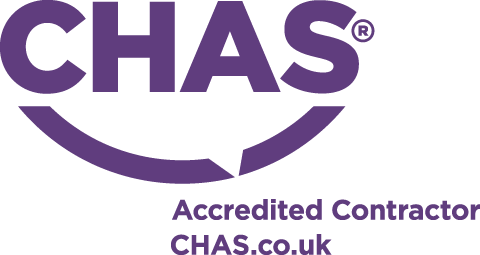What is Plasterboard Made Of?
Plasterboard is composed of gypsum, a naturally occurring mineral, sandwiched between two outer layers of paper or fibreglass. Gypsum is known for its fire-resistant properties and is often used in construction to create walls and ceilings.
Why Plasterboard Cannot be Put into a Normal Skip
Plasterboard contains gypsum, which releases large amounts of hydrogen sulphide gas when it decomposes in a landfill. This gas has a strong and unpleasant odour, and its release contributes to air pollution.
As a result, plasterboard waste is subject to stricter regulations to ensure its proper disposal and prevent environmental harm
Disposal of Plasterboard and the Process
To ensure the responsible disposal of plasterboard waste, it must be segregated and recycled separately. The disposal process generally involves the following steps:
- Segregation:
Plasterboard waste is separated from other waste materials to avoid contamination. - Collection:
Our specialised skips are used to collect and transport plasterboard waste to recycling facilities. - Recycling:
At the recycling facility, the plasterboard is processed, separating the gypsum from the paper or fibreglass layers. The gypsum can be recycled into new plasterboard or used for other purposes, such as soil amendment or agricultural applications. - Landfill:
In some cases, non-recyclable plasterboard waste may be disposed of in a designated landfill site specifically designed to handle gypsum waste. This ensures that any potential gas emissions are properly contained.
Legislation around Plasterboard Disposal
The UK government has implemented legislation to regulate the disposal of plasterboard waste. The Control of Pollution (Amendment) Act 1989 categorises gypsum waste as ‘special waste.’ This classification means that special precautions must be taken to ensure its proper handling and disposal.
Furthermore, under the Landfill Directive, which was implemented in 1999, landfilling waste containing gypsum with a sulphur content greater than 10 parts per million is prohibited. This directive aims to reduce the release of hydrogen sulphide gas and its impact on the environment.
Want to know more about our Plasterboard Disposal Service?
We’re always happy to discuss your specific plasterboard disposal requirements. Please get in touch by completing our “Get A Quote” form or by calling a member of our friendly team for expert advice on 0800 058 25 22.


